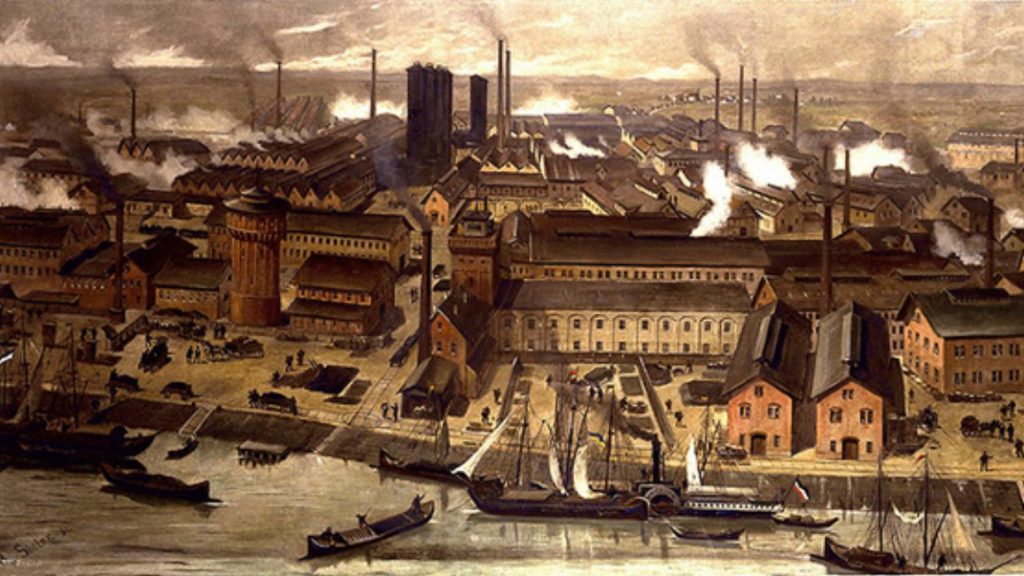
The Driving Forces
The Factory Industrial Revolution was fueled by a convergence of factors that revolutionized manufacturing processes and reshaped the global economy. Rapid urbanization, fueled by the migration of rural populations to burgeoning cities, provided a concentrated labor force ready to embrace new modes of production. The availability of raw materials, improved transportation networks, and the expansion of global trade created fertile ground for industrial growth.
Innovations that Shaped the Revolution
Several groundbreaking inventions acted as catalysts for the Factory Industrial Revolution, transforming labor-intensive and time-consuming tasks into efficient, mechanized processes. Among these innovations were the spinning jenny, water frame, and power loom, which mechanized textile production, vastly increasing output while reducing reliance on manual labor.
One cannot discuss the Factory Industrial Revolution without mentioning the steam engine, a transformative invention that powered factories, facilitated transportation, and laid the foundation for mechanized energy sources. The steam engine’s widespread adoption marked a turning point in energy production and paved the way for the development of other industries, such as railways and mining.
Societal Transformations
The Factory Industrial Revolution led to a profound reshaping of societal dynamics. As factories emerged as centers of production, traditional cottage industries began to fade, altering the landscape of work. The emergence of wage labor marked a significant departure from the agrarian economies of the past. The labor force transitioned from agrarian-based tasks to specialized factory jobs, contributing to the growth of a new working class.
Urbanization and the growth of cities also brought about significant changes in living conditions. While factories provided employment opportunities, they were often associated with crowded and unsanitary living conditions for workers. This period saw the rise of social movements advocating for labor rights, improved working conditions, and the establishment of labor unions.
The Enduring Legacy
The Factory Industrial Revolution’s impact continues to reverberate through modern society. Its innovations laid the foundation for subsequent industrial revolutions, such as the Second Industrial Revolution characterized by electrification and mass production, and the ongoing digital revolution that is reshaping industries through automation and artificial intelligence.
Additionally, the Factory Industrial Revolution initiated debates about the ethical implications of industrialization, prompting discussions about the balance between technological progress and its impact on labor, the environment, and societal well-being. These discussions remain relevant as we navigate the complexities of modern technological advancements.




